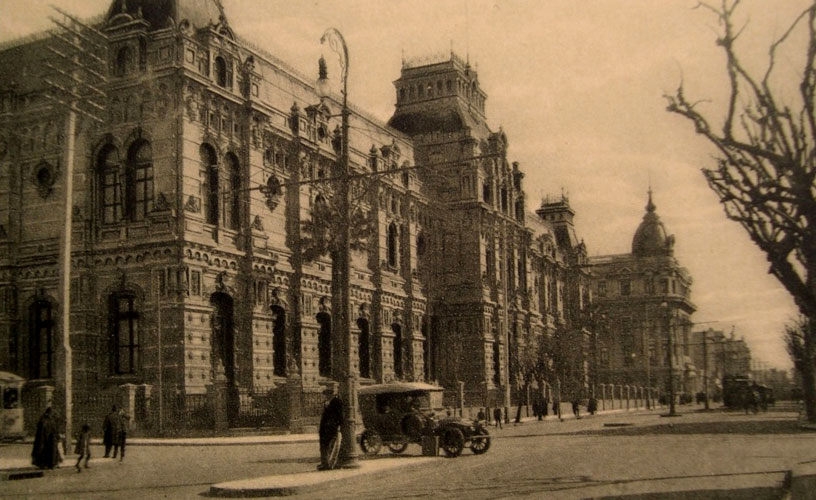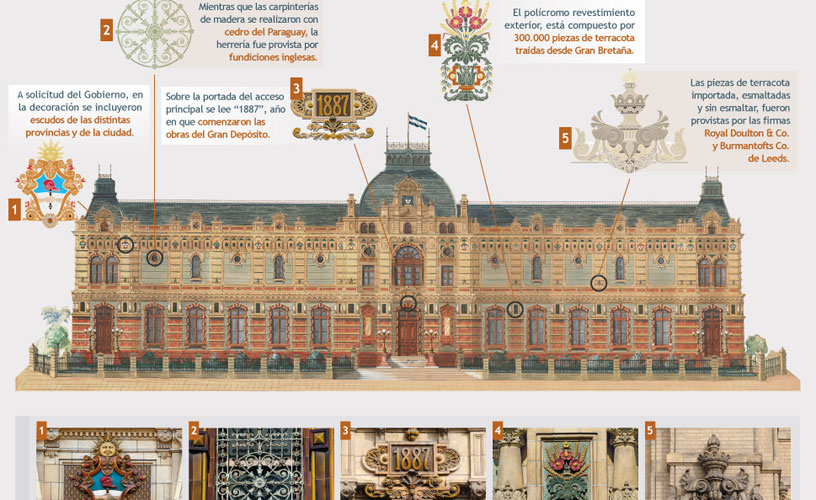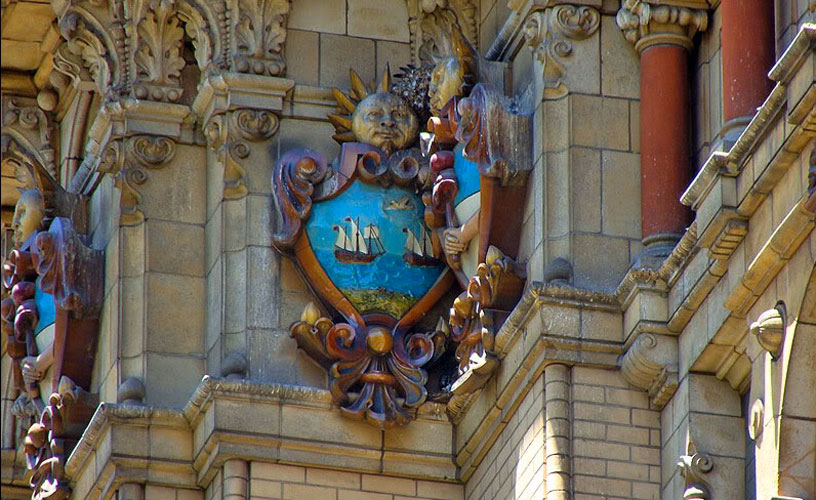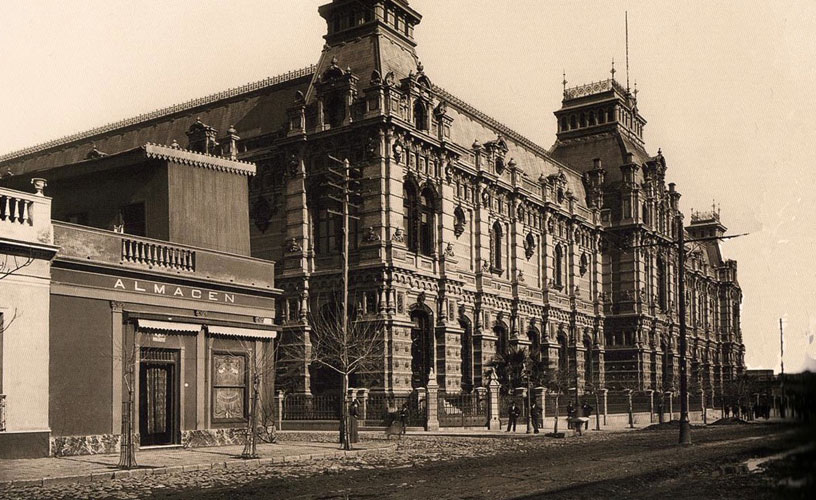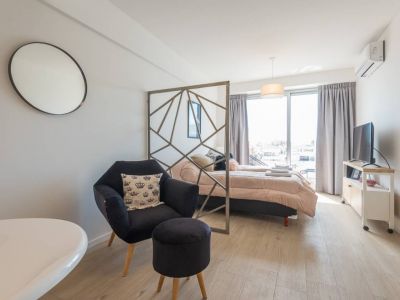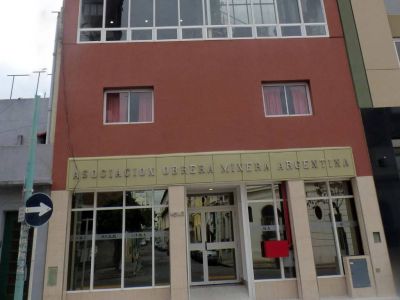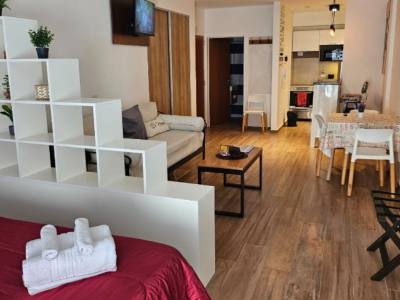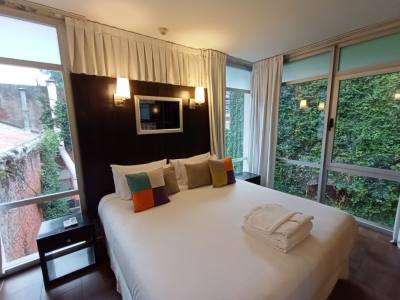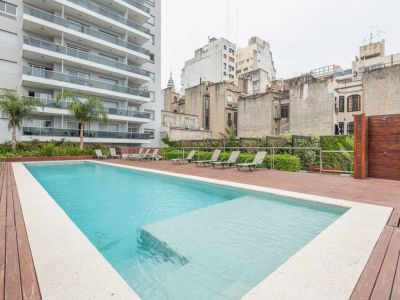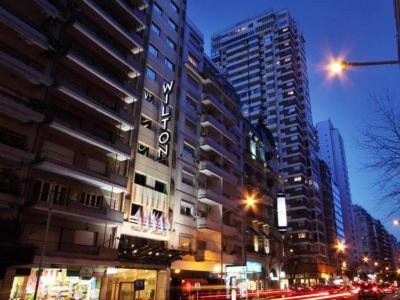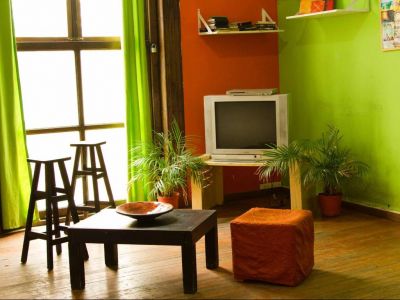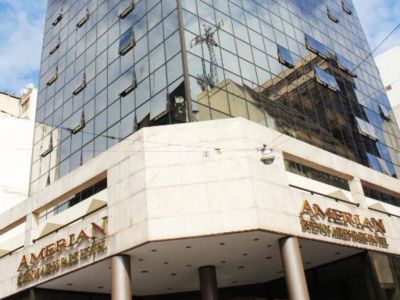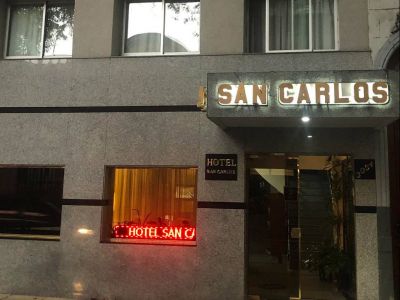From the outside it looks like a palace but it was built to be part of a health plan for the city. Inside, the water service still works. Here is a tour around a small museum.
Down Córdoba Avenue, those who catch a glimpse of this building realize at once that it belongs to another time. Extravagant and ridiculous for some, fascinating for others, the Palacio de las Aguas Corrientes (Water Company Palace) has been a symbol of the pomp of the generation of 1880 and at the same time a key piece for the health of a developing city.
Almost like a Fruit
The construction line seems to follow exclusively the ornamentation logic: balconies, colors, adornments, terracotta images. Resting on an entire block, it has been a part of Buenos Aires for over a century. What many people may ignore is that it was raised with a practical purpose: to house the new water tanks to supply the city.
It was inaugurated in 1894, but its construction works had begun almost ten years before. Featuring an eclectic style, it bears a mixture of Second French Empire architecture and certain Central-European and Renaissance airs. It is covered by over 300,000 terracotta tiles.
Inside and Out
However, in its core, there are 180 metallic columns laid out in a checkerboard in order to support the structure whose three top floors used to contain twelve tanks capable of storing a total amount of 72,000 tons of drinkable water.
The construction of this building responded to a clear need of the city to have a better water treatment system, facing the growth and modernization upon which Buenos Aires had already embarked. Nevertheless, when it came to assembling the project, the aim was to highlight all the luxury and progress made in the city (mostly underground efforts). Therefore, there should be at least one visible and obvious point for both citizens and visitors to admire.
It was with this spirit in mind that the Palacio de las Aguas Corrientes was raised.
Details of Modern Times
At present, the Palace continues operating as one of the water service and pumping venues in the city. It houses offices and customer assistance centers. However, considering the history of the building and the heritage the institution bears, some halls housing the Heritage Museum have been opened on the second floor.
At this spot, we could see everything from plans and scale models to reconstructions of old offices, huge water valves, ancient sanitary wares and sets of faucets. The information signs provide a broader perspective and contribute data about the city’s water treatment system and its evolution.
This museum may represent an interesting attraction for those who are keen on more punctual or technical details. Nonetheless, it also provides an almost intimate approach to the past of the city and its denizens. It is curious to prove that a little bit over a century ago, the comfort we take for granted today was but a piece of news, almost a luxury. That makes us think about the lifestyle of those who came before us.
Marcos Rodríguez
Gentileza: Agua y Saneamientos Argentinos S.A.
Phone: +54 11-63191104
